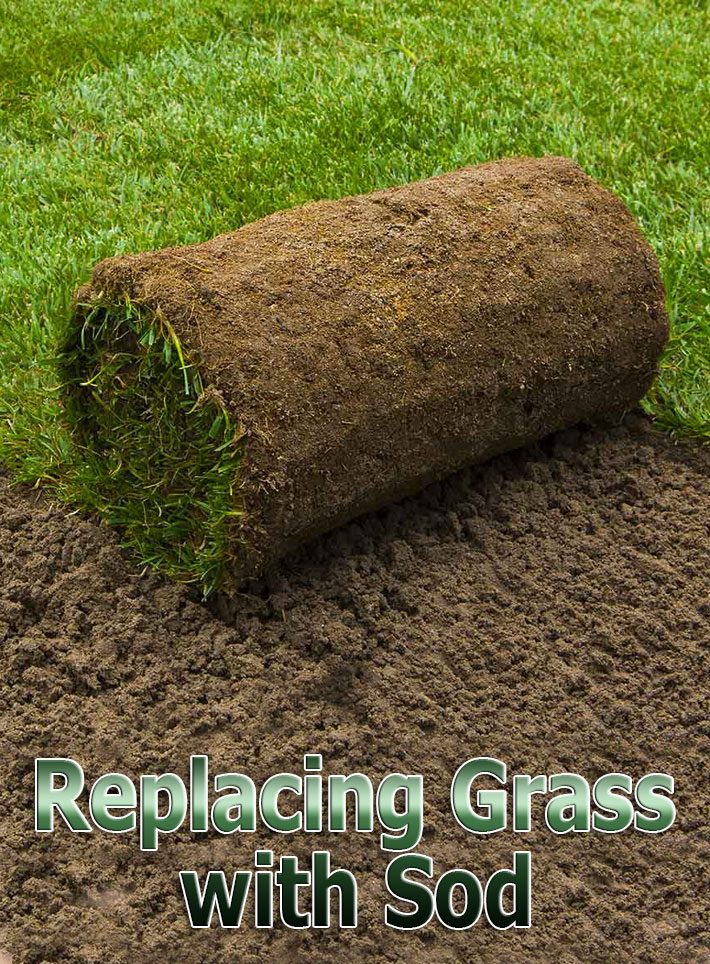
There’s nothing that quite adds to the pride of home ownership than having the best lawn in the neighborhood. At the same time, maintaining a big beautiful patch of grass is nowhere near as simple or as straightforward as most people make it out to be.
Weeds are always trying to invade, pests ruin the color, and disease – yes, grass can become diseased – will do everything it can to undermine all of your lawn care efforts. On top of that, it can be a bit of a challenge trying to reinvigorate a lawn that has been left to deteriorate by the previous homeowner.
If you are trying to rehabilitate a lawn that is anything but picture-perfect, you may want to think about abandoning that rehab project and instead choosing to replace your old lawn with new sod. Pay close attention to the information below and you’ll understand exactly what it takes to replace your old lawn with new sod – and how much it will cost you!
Break down your soil composition
Before you even think about resodding your lawn you’re going to want to make sure that you really understand the kind of soil composition that you are working with. The overwhelming majority of homeowners have absolutely no idea what kind of soil they’ve got, and many of them are under the false impression that they have a heavy coating of topsoil to work with, when nothing could be further from the truth.
Over time, topsoil is going to erode away – especially if your lawn wasn’t well-kept by the previous homeowner – and it is going to need to be replaced with quality compost and top-notch topsoil so that you can give your new sod every opportunity to cement itself in place. You’re also going to want to think about soil composition from a drainage standpoint.
The soil that you use will have a big impact on how well your property is able to both retain and shed rainwater, and you want to make sure that it has just the right amount of retention properties without ever making your lawn wet or soggy.
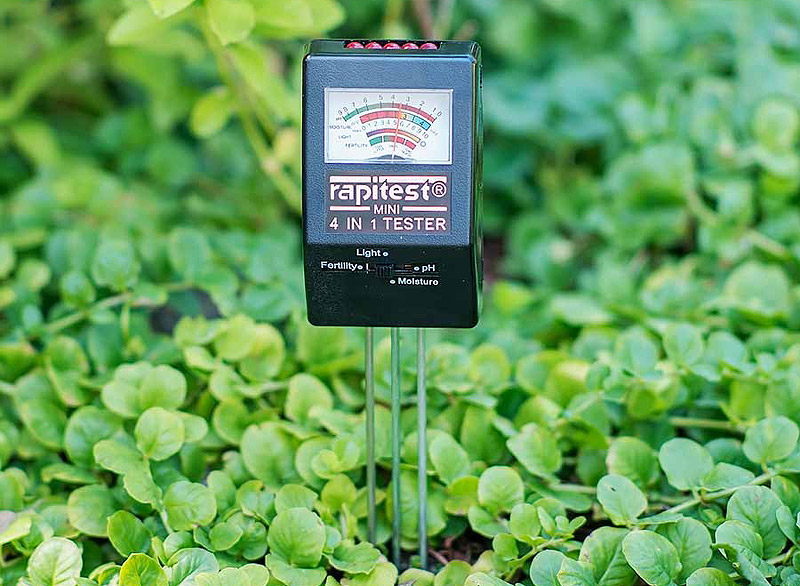
This can all be pulled off with a quick soil test (many landscaping companies provide these services at inexpensive rates), or you can choose to tear up all of the old earth and then put down new topsoil to work with. A lot of times, it’s more cost-effective – and a lot less of a headache – to simply put a new topcoat of topsoil over your currently existing soil and work from there.
Always take advantage of locally grown sod
You are definitely going to have quite a few options to pick and choose from when it’s time to put down new sod on your new topsoil, but you need to be smart and savvy about this decision.
Many people want to purchase the cheapest sod possible from “big box” home-improvement stores. While this is definitely the most cost-effective way to go about reestablishing your lawn (at least upfront), it can be a total disaster – if only because this sod is usually not grown in the local area.
Sod that isn’t “farmed” from your local community isn’t going to be used to the kind of soil that it will be introduced to, won’t be used to the local climate, and is going to have a tough time re-acclimating unless you pay a lot of attention to it. Your brand-new green lawn may turn yellow in just a couple of days!
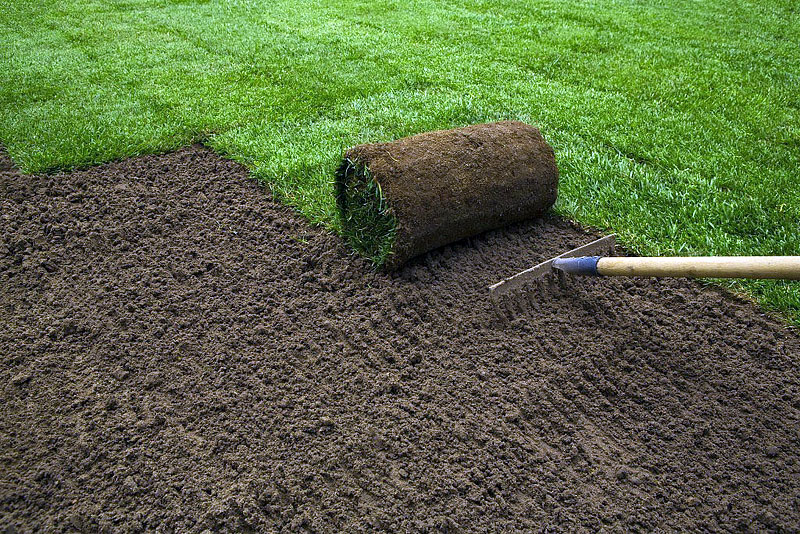
You might have to pay a little bit more to get your hands on sod that has been grown from a local landscaping company, but that cost is only going to be a little extra upfront. You won’t have to spend as much money re-acclimating your sod, or spend a ridiculous amount of time monitoring and fussing over your grass..It’ll just take to your soil the way that it was supposed to!
Get your hands on the heartiest sod you can find
You are certainly going to want to make sure that your new sod is able to thrive in its early stages, and you’ll want to ensure that it is able to set down solid roots just as quickly as possible.
The only way to make certain that this is possible is to get your hands on the heartiest sod you can find – which will add a bit to the final price – but it’s always going to be worth it.
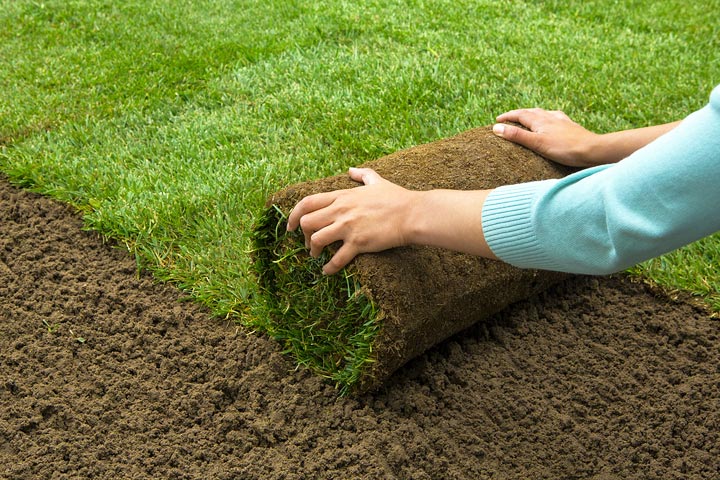
Look for first-grade fescues or blended grass that offers you the opportunity to enjoy a beautiful, lush lawn and that is also very resilient and resistant to attacks from insects and animals, and can stand up to less than ideal weather conditions. Pay attention to these critical details and you won’t have anything to worry about when you tackle a DIY sod project on your own!
Related: DIY – How to Make a New Lawn


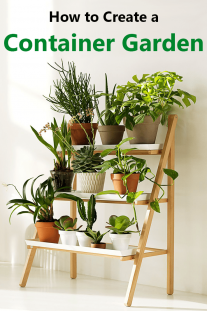
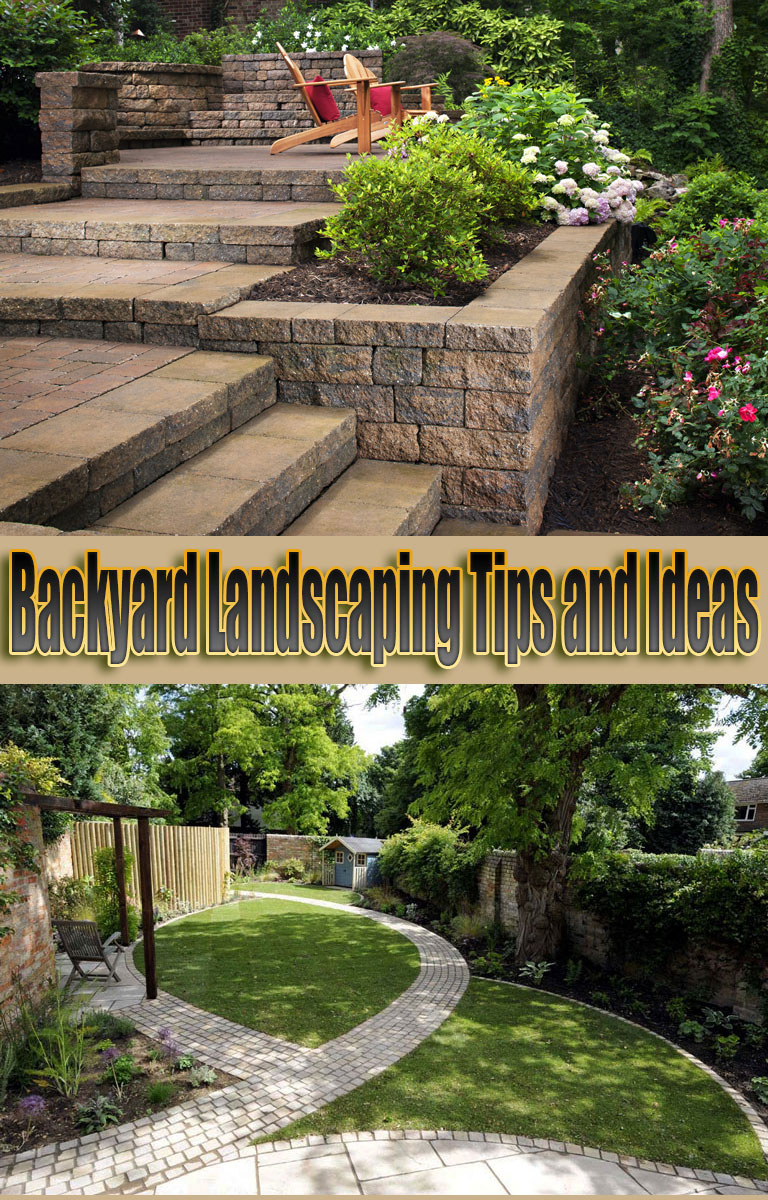
Leave a Reply